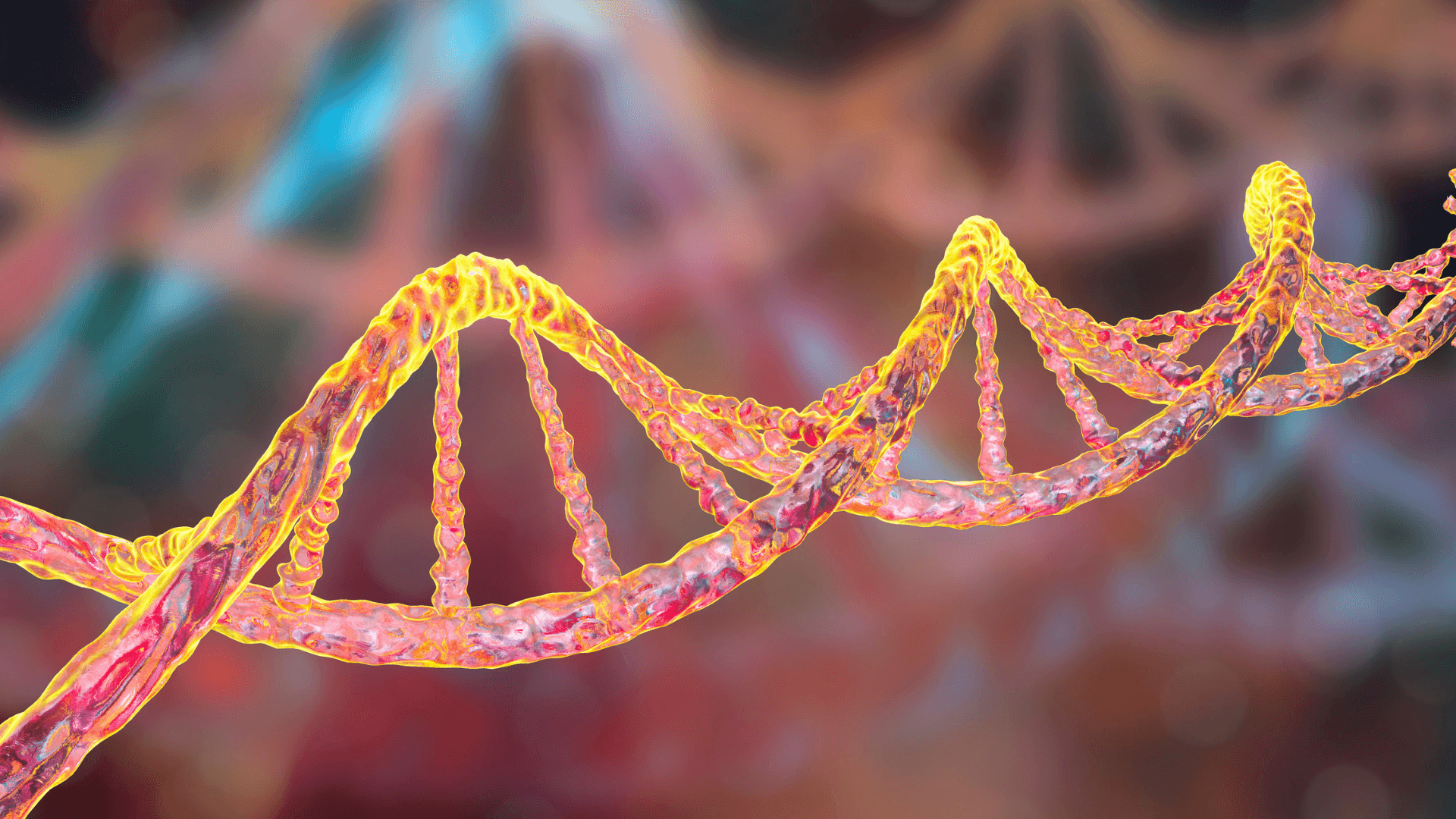Humanitarian Crisis in Myanmar: Millions Need Aid After Devastating Earthquakes
Humanitarian Crisis in Myanmar: Millions Need Aid After Devastating Earthquakes
Humanitarian Crisis in Myanmar: Millions Need Aid After Devastating Earthquakes
Apr 21, 2025
Apr 21, 2025

Damage caused by the earthquake. Credit: © UNHCR
Damage caused by the earthquake. Credit: © UNHCR
Three weeks after the earthquakes in Myanmar, more than 4 million people lack shelter, clean water, and medical care. Understand the severity of the situation and what can be done to help.
Three weeks after the earthquakes in Myanmar, more than 4 million people lack shelter, clean water, and medical care. Understand the severity of the situation and what can be done to help.
The situation remains critical three weeks after a series of earthquakes struck central Myanmar. At least 3,700 people are estimated to have lost their lives, while over 4 million face urgent needs such as shelter, clean water, and medical attention.
The impact goes beyond human losses. The infrastructure has suffered significant damage, with hospitals, roads, crops, and supply systems destroyed. That compounds the challenges in a country already grappling with armed conflict and extreme poverty before the tremors.
Women, Children, and Displaced Families: The Most Vulnerable
The humanitarian crisis is especially severe for women, children, and families forced to flee their homes. Without access to safe shelter or basic sanitation, they face growing risks of gender-based violence, malnutrition, and infectious diseases. Many are living in makeshift camps or out in the open, exposed to unsanitary conditions and ongoing physical and emotional trauma.
Humanitarian Efforts Are Underway, but Insufficient
International organizations and local volunteers are working intensely to provide aid. To date, around 240,000 people have received food, medicine, and essential supplies, which is less than 10 percent of those affected. The U.N. has warned of the urgent need for increased financial and logistical support. Without immediate reinforcements, the country risks slipping into an even more serious and prolonged humanitarian crisis.
It’s Time to Act
The situation in Myanmar stresses communities' vulnerability to natural disasters and the urgent necessity of a coordinated, compassionate response. Donations, government initiatives, and volunteer efforts are essential for ensuring that millions have a genuine opportunity for survival and recovery.
—
To follow the full situation and learn how to help, read the original article here.
The situation remains critical three weeks after a series of earthquakes struck central Myanmar. At least 3,700 people are estimated to have lost their lives, while over 4 million face urgent needs such as shelter, clean water, and medical attention.
The impact goes beyond human losses. The infrastructure has suffered significant damage, with hospitals, roads, crops, and supply systems destroyed. That compounds the challenges in a country already grappling with armed conflict and extreme poverty before the tremors.
Women, Children, and Displaced Families: The Most Vulnerable
The humanitarian crisis is especially severe for women, children, and families forced to flee their homes. Without access to safe shelter or basic sanitation, they face growing risks of gender-based violence, malnutrition, and infectious diseases. Many are living in makeshift camps or out in the open, exposed to unsanitary conditions and ongoing physical and emotional trauma.
Humanitarian Efforts Are Underway, but Insufficient
International organizations and local volunteers are working intensely to provide aid. To date, around 240,000 people have received food, medicine, and essential supplies, which is less than 10 percent of those affected. The U.N. has warned of the urgent need for increased financial and logistical support. Without immediate reinforcements, the country risks slipping into an even more serious and prolonged humanitarian crisis.
It’s Time to Act
The situation in Myanmar stresses communities' vulnerability to natural disasters and the urgent necessity of a coordinated, compassionate response. Donations, government initiatives, and volunteer efforts are essential for ensuring that millions have a genuine opportunity for survival and recovery.
—
To follow the full situation and learn how to help, read the original article here.
The situation remains critical three weeks after a series of earthquakes struck central Myanmar. At least 3,700 people are estimated to have lost their lives, while over 4 million face urgent needs such as shelter, clean water, and medical attention.
The impact goes beyond human losses. The infrastructure has suffered significant damage, with hospitals, roads, crops, and supply systems destroyed. That compounds the challenges in a country already grappling with armed conflict and extreme poverty before the tremors.
Women, Children, and Displaced Families: The Most Vulnerable
The humanitarian crisis is especially severe for women, children, and families forced to flee their homes. Without access to safe shelter or basic sanitation, they face growing risks of gender-based violence, malnutrition, and infectious diseases. Many are living in makeshift camps or out in the open, exposed to unsanitary conditions and ongoing physical and emotional trauma.
Humanitarian Efforts Are Underway, but Insufficient
International organizations and local volunteers are working intensely to provide aid. To date, around 240,000 people have received food, medicine, and essential supplies, which is less than 10 percent of those affected. The U.N. has warned of the urgent need for increased financial and logistical support. Without immediate reinforcements, the country risks slipping into an even more serious and prolonged humanitarian crisis.
It’s Time to Act
The situation in Myanmar stresses communities' vulnerability to natural disasters and the urgent necessity of a coordinated, compassionate response. Donations, government initiatives, and volunteer efforts are essential for ensuring that millions have a genuine opportunity for survival and recovery.
—
To follow the full situation and learn how to help, read the original article here.

Compartilhar em:
Ver Também
Ver Também

Microplásticos são detectados em fluido ovariano: o que isso significa para a fertilidade humana?
Apr 22, 2025

Crise humanitária em Mianmar: milhões precisam de ajuda após terremotos devastadores
Apr 21, 2025

Vida em outro planeta? Gás ligado à vida é detectado no exoplaneta K2-18b
Apr 18, 2025

Lobos terríveis recriados? Conheça os animais geneticamente modificados pela Colossal Biosciences
Apr 11, 2025

Segurança digital e inteligência artificial: soluções e desafios em 2025
Apr 3, 2025

Saúde cardiovascular em comunidades rurais: estudo revela impactos dos fatores sociais
Apr 1, 2025

Calor inesperado marca o primeiro dia da primavera de 2025 no Reino Unido: sinal das mudanças climáticas?
Mar 21, 2025

DeepSeek AI: o chatbot chinês que está sacudindo o mercado global
Feb 7, 2025

Estudo revela que a vida social ativa pode reduzir o risco de demência
Feb 4, 2025

Ano Novo Lunar 2025: a chegada do Ano da Serpente
Jan 30, 2025

Nova hipótese sobre a origem dos dinossauros desafia conceitos tradicionais
Jan 27, 2025

Ambiente potencialmente habitável em Marte é descoberto pelo Perseverance
Dec 20, 2024

As emoções e o corpo humano: conexões milenares nos textos neo-assírios
Dec 20, 2024

Estudo relaciona poluição do ar ao risco de tromboembolismo venoso
Dec 20, 2024

Colapso da plataforma de gelo Conger: alerta para a Antártica Oriental
Dec 20, 2024

Revolução XRISM: novas descobertas sobre buracos negros supermassivos
Oct 15, 2024

Estudo aponta que duplicação do gene AMY1, relacionado à digestão de amido, precede a agricultura
Oct 14, 2024

Nascimentos na UE caem para menos de 4 milhões pela primeira vez desde 1960
Oct 11, 2024

Escavação na Dinamarca revela 50 esqueletos Viking incrivelmente preservados
Oct 10, 2024

Estudo indica maior incidência de asma e rinite alérgica em pessoas nascidas no outono e inverno na Finlândia
Oct 9, 2024

Estudo demonstra semelhanças entre a puberdade de adolescentes da Idade do Gelo e jovens modernos
Oct 8, 2024

Análise de DNA em múmias chinesas de 3.600 anos revela queijo mais antigo do mundo
Oct 7, 2024

Estudo revela estabilidade genética de populações da África Austral por 10 milênios
Oct 4, 2024

Nove lugares míticos que podem ter existido, segundo descobertas arqueológicas
Oct 3, 2024

Como os direitos humanos podem salvar recifes de coral e responsabilizar governos
Oct 2, 2024

Relatório da Carbon Brief aponta que 2024 pode ser o ano mais quente da história
Sep 4, 2024

Clima determina a distribuição de mamíferos, revela estudo da Universidade Estadual da Carolina do Norte
Sep 4, 2024

Estudo sugere que 'hotspots' de fósseis na África distorcem a visão da evolução humana
Sep 3, 2024

Ruído incomum na Starliner de Boeing intriga astronauta da NASA
Sep 3, 2024

Estudo revela que o microbioma humano é altamente individualizado
Sep 2, 2024

Compartilhar em:

Compartilhar em:

Microplásticos são detectados em fluido ovariano: o que isso significa para a fertilidade humana?
Apr 22, 2025

Crise humanitária em Mianmar: milhões precisam de ajuda após terremotos devastadores
Apr 21, 2025

Vida em outro planeta? Gás ligado à vida é detectado no exoplaneta K2-18b
Apr 18, 2025

Lobos terríveis recriados? Conheça os animais geneticamente modificados pela Colossal Biosciences
Apr 11, 2025

Segurança digital e inteligência artificial: soluções e desafios em 2025
Apr 3, 2025

Saúde cardiovascular em comunidades rurais: estudo revela impactos dos fatores sociais
Apr 1, 2025

Calor inesperado marca o primeiro dia da primavera de 2025 no Reino Unido: sinal das mudanças climáticas?
Mar 21, 2025

DeepSeek AI: o chatbot chinês que está sacudindo o mercado global
Feb 7, 2025

Estudo revela que a vida social ativa pode reduzir o risco de demência
Feb 4, 2025

Ano Novo Lunar 2025: a chegada do Ano da Serpente
Jan 30, 2025

Nova hipótese sobre a origem dos dinossauros desafia conceitos tradicionais
Jan 27, 2025

Ambiente potencialmente habitável em Marte é descoberto pelo Perseverance
Dec 20, 2024

As emoções e o corpo humano: conexões milenares nos textos neo-assírios
Dec 20, 2024

Estudo relaciona poluição do ar ao risco de tromboembolismo venoso
Dec 20, 2024

Colapso da plataforma de gelo Conger: alerta para a Antártica Oriental
Dec 20, 2024

Revolução XRISM: novas descobertas sobre buracos negros supermassivos
Oct 15, 2024

Estudo aponta que duplicação do gene AMY1, relacionado à digestão de amido, precede a agricultura
Oct 14, 2024

Nascimentos na UE caem para menos de 4 milhões pela primeira vez desde 1960
Oct 11, 2024

Escavação na Dinamarca revela 50 esqueletos Viking incrivelmente preservados
Oct 10, 2024

Estudo indica maior incidência de asma e rinite alérgica em pessoas nascidas no outono e inverno na Finlândia
Oct 9, 2024

Estudo demonstra semelhanças entre a puberdade de adolescentes da Idade do Gelo e jovens modernos
Oct 8, 2024

Análise de DNA em múmias chinesas de 3.600 anos revela queijo mais antigo do mundo
Oct 7, 2024

Estudo revela estabilidade genética de populações da África Austral por 10 milênios
Oct 4, 2024

Nove lugares míticos que podem ter existido, segundo descobertas arqueológicas
Oct 3, 2024

Como os direitos humanos podem salvar recifes de coral e responsabilizar governos
Oct 2, 2024

Relatório da Carbon Brief aponta que 2024 pode ser o ano mais quente da história
Sep 4, 2024

Clima determina a distribuição de mamíferos, revela estudo da Universidade Estadual da Carolina do Norte
Sep 4, 2024

Estudo sugere que 'hotspots' de fósseis na África distorcem a visão da evolução humana
Sep 3, 2024

Ruído incomum na Starliner de Boeing intriga astronauta da NASA
Sep 3, 2024

Estudo revela que o microbioma humano é altamente individualizado
Sep 2, 2024
